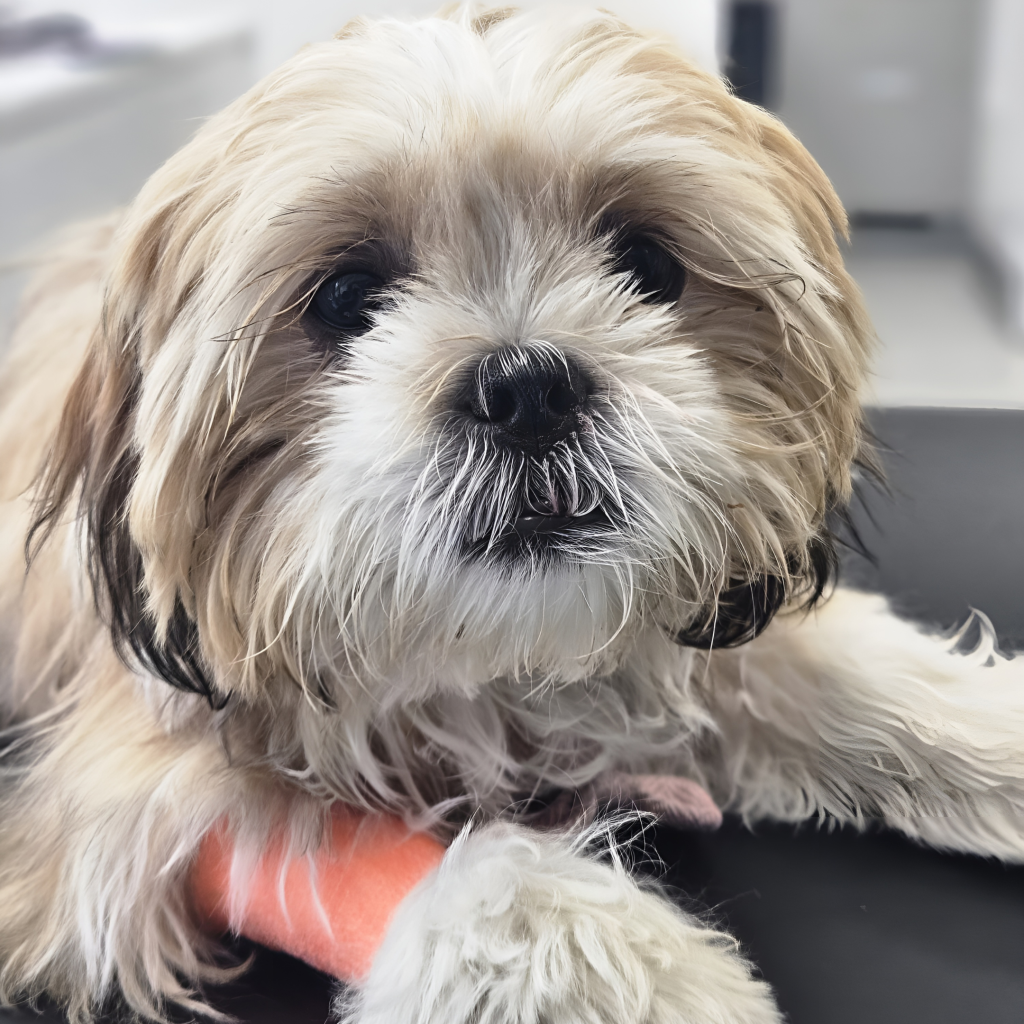There’s been a lot of talk about grass seeds’ risks to dogs – where they commonly get stuck, the signs of trouble, and how to prevent or handle the issue. The Kennel Club offers a good overview of why grass seeds are problematic for dogs and many of our colleagues have extensively covered the topic.

During the peak grass seed season, our clinic is seeing numerous cases. We’ve compiled case studies based on client feedback. They shared how we helped their pets overcome troublesome grass seeds. We hope to provide insights into the grass seed removal process and advise you when it’s best to take your dog (or cat) to the vet.
While it’s difficult to completely avoid grassy areas during walks, a post-walk thorough checkup can save you a trip to the vet. The main concern is preventing grass seeds from lodging into sensitive areas like eyes, ears, nose, mouth, and paws.
Here are a few points to keep in mind:
- 🌾 If a grass seed finds its way into your dog’s eye, ear canal, or nose, do not attempt to remove it yourself. Professional sedation and specialised tools are required for safe removal.
- 🌾 If a grass seed gets into your dog’s paw and isn’t visible or only partially visible, it’s important to contact a professional.
- 🌾 Monitor for any painful lumps or abscesses elsewhere on their body.
Unfortunately, grass seeds cannot work their way out naturally. If left untreated, they can be quite harmful, and lead to a severe infection. Your dog might be hiding discomfort or pain, even if they seem okay.
Removing a grass seed can be swift if it’s lodged superficially and the dog remains calm, or it may require more time and possibly sedation if it’s deep or causing irritation. At NoviVet, our priority is to avoid sedation whenever possible, but we will opt for general anaesthesia if the dog is agitated or if the seed is deeply embedded, posing risks during removal.
Recovery times vary based on the case’s severity. Some dogs may need antibiotics, while others may require a different approach. Follow-up appointments may be necessary to monitor recovery or address any lingering concerns.
We’ve successfully treated numerous cases of grass seed incidents at NoviVet.
Here are a few recent examples:
Missy, a four-month-old puppy, had a grass seed lodged in her nose.




Angus experienced discomfort from a grass seed in his eye.


Ernie required treatment for a grass seed found inside his mouth.

We removed grass seed from Ernie’s mouth
See Javier removing a grass seed from Munchkin’s nose.


Prince had a grass seed caught between his toes, skilfully removed by our team.


We appreciate the kind words from Prince’s owner:

If you own a long-haired dog or outdoor cat, please take extra care. If you suspect they have come into contact with a grass seed or have any concerns about their health, don’t hesitate to get in touch. We’re here to help.
